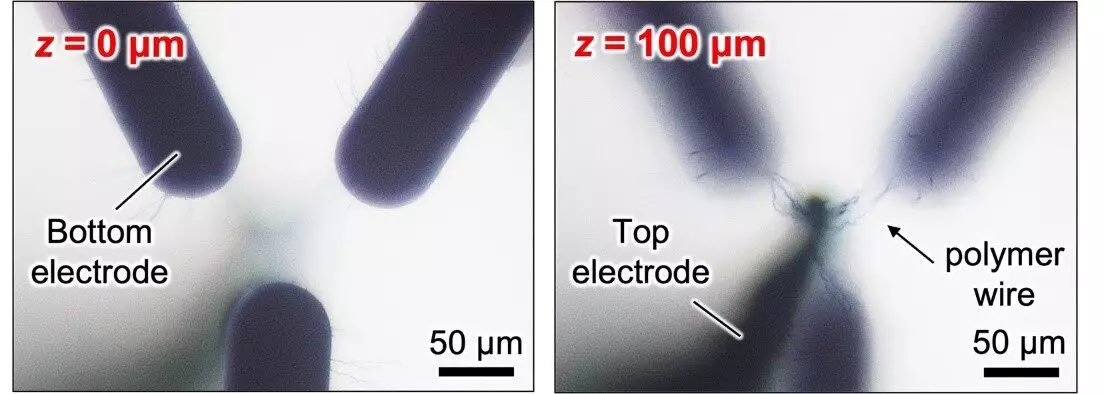The concept of artificial intelligence (AI) has always been inspired by the intricate workings of biological systems. However, the implementation of “neuromorphic” networks on traditional computer hardware falls short in replicating the processing capabilities of the human brain. Despite the significant milestones achieved by neural-network models in various applications, such as image generation and cancer diagnosis, they still fail to optimize the millions of parameters and connections required for their performance. In order to overcome these limitations, researchers from Osaka University and Hokkaido University have embarked on a groundbreaking mission to create neuromorphic “wetware” using memristive devices.
To address the discrepancy between AI systems and the human mind, the researchers propose the use of neuromorphic wetware based on memristive devices. A memristive device is a unique device whose resistance is determined by its historical exposure to voltage and current. The team has developed a method utilizing electropolymerization to establish connections between electrodes immersed in a precursor solution, employing conductive polymer wires. By fine-tuning the resistance of each wire using small voltage pulses, memristive devices can be created.
The primary aim of the researchers was to extend this approach to the construction of a 3D network. To achieve this, the team successfully grew polymer wires from a widely used polymer mixture called “PEDOT:PSS,” which boasts exceptional properties such as high conductivity, transparency, flexibility, and stability. The process involved immersing a 3D structure composed of top and bottom electrodes in a precursor solution, and by applying a square-wave voltage to these electrodes, mimicking the formation of synaptic connections in an immature brain, the team was able to grow PEDOT:PSS wires between selected electrodes. Small voltage pulses were then utilized to precisely control the conductance, altering the electrical properties of the film surrounding the wires.
The team successfully demonstrated unsupervised Hebbian learning, a process where synapses that frequently fire together strengthen their connection over time. This characteristic enables the network to be trained, similar to software-based neural networks. Manipulating the diameter and conductivity of the wires, the researchers also showcased spike-based learning, a technique that closely emulates the processes of biological neural networks. These advancements in learning mechanisms make the neuromorphic wetware more versatile and powerful in replicating the capabilities of the human brain.
This groundbreaking research marks a significant milestone in the quest for neuromorphic wetware. As the researchers continue their work, they plan to fabricate a chip with a larger number of electrodes and utilize microfluidic channels to supply the precursor solution to each electrode. These advancements will enable the construction of a larger and more powerful network, ultimately closing the cognitive gap between humans and computers. The potential of neuromorphic wetware holds tremendous promise in revolutionizing the field of AI and unlocking the true potential of artificial intelligence.
The development of neuromorphic wetware using memristive devices is a revolutionary breakthrough in the field of artificial intelligence. By mimicking the processes of the human brain more closely, researchers from Osaka University and Hokkaido University are bridging the gap between AI systems and the human mind. With further advancements in 3D network construction and learning mechanisms, the potential for neuromorphic wetware to revolutionize AI is immense. The integration of neuromorphic wetware could unlock the true potential of artificial intelligence and reshape the future of technology.


Leave a Reply